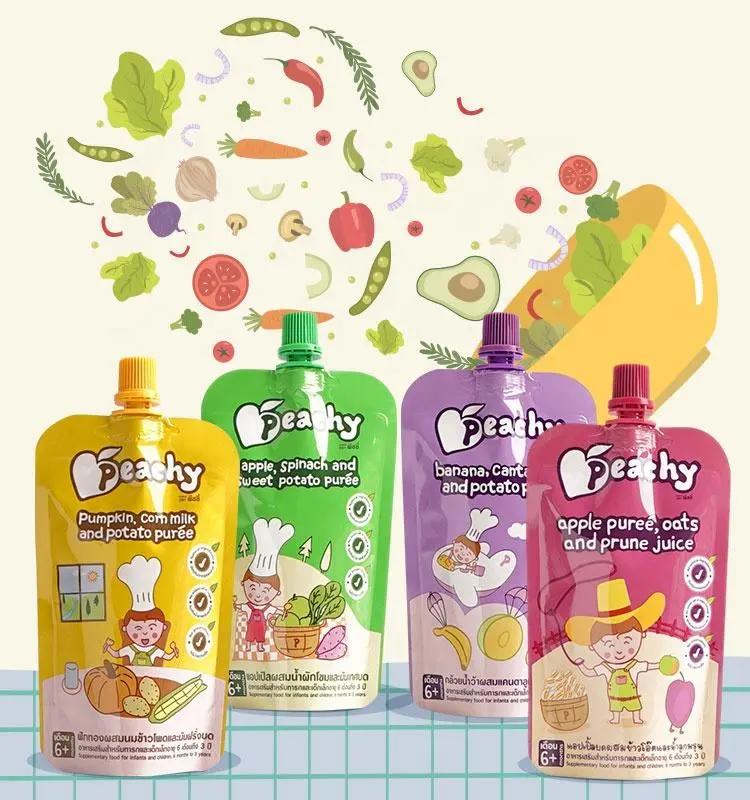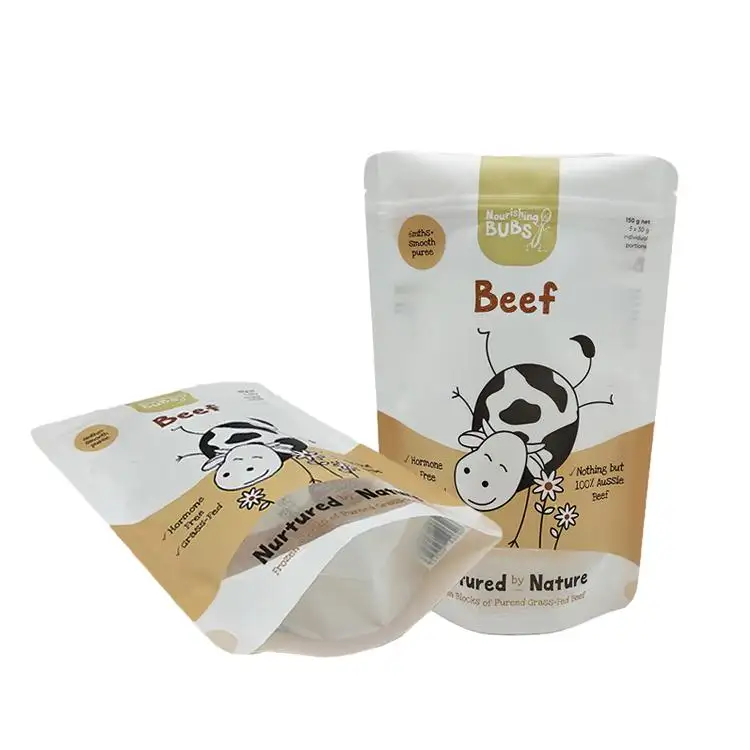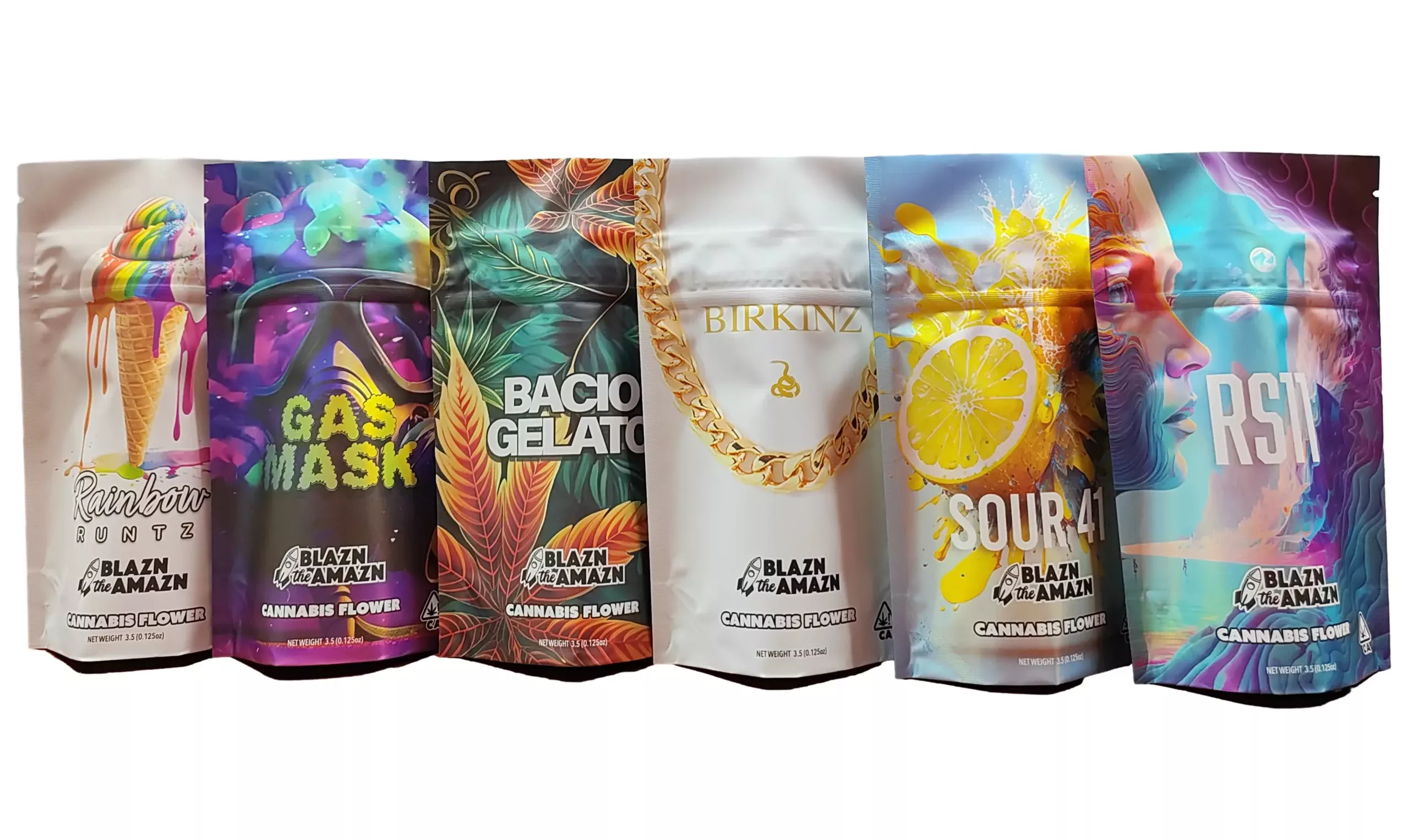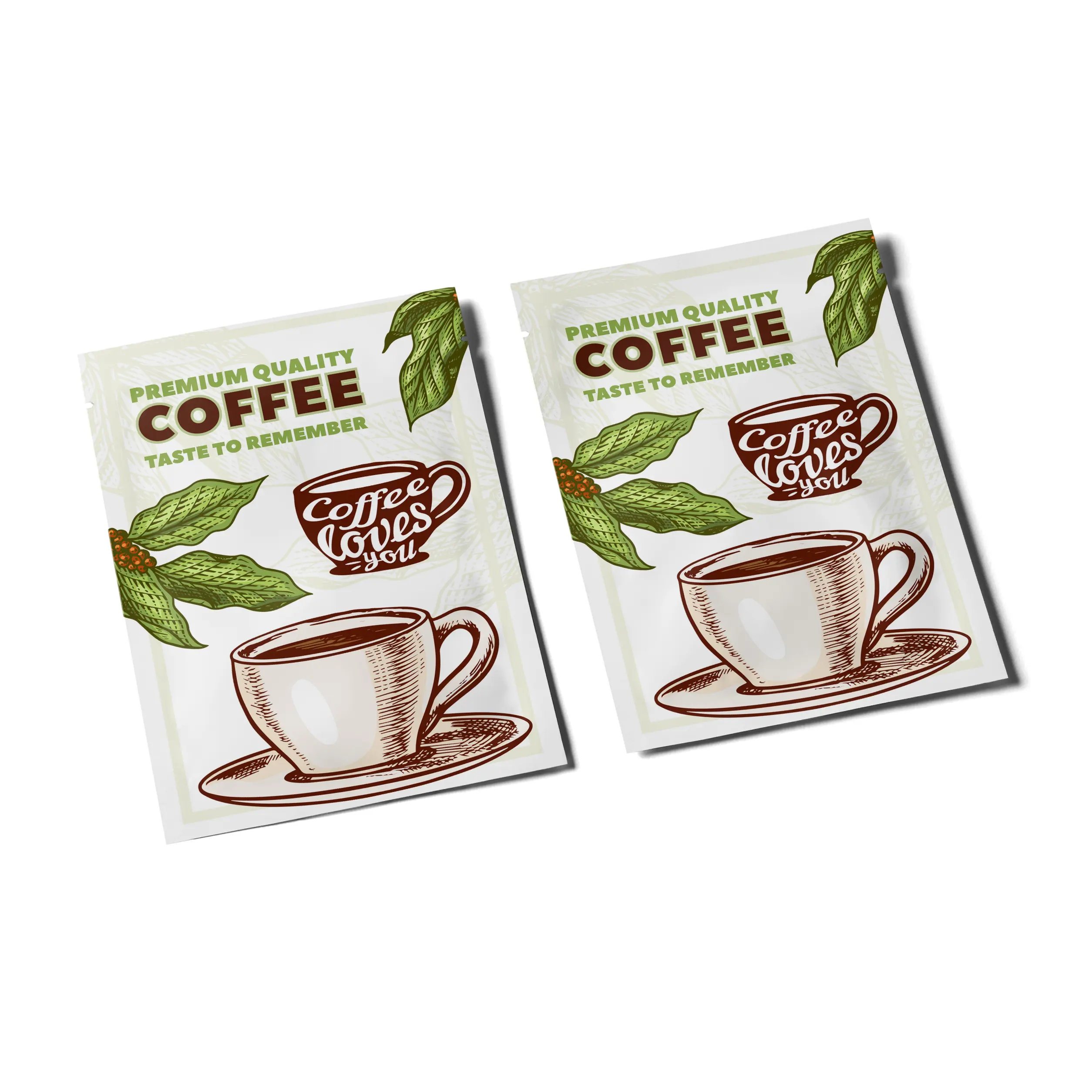Potato chips are one of the most popular snacks worldwide, known for their irresistible crunch and variety of flavors. However, the quality and freshness of these snacks are highly dependent on the materials used in their packaging. Understanding what potato chip bags are made out of can help consumers appreciate the intricate design and technology behind their favorite snack.

Main Materials Used in Potato Chip Bags
1. Plastic Films
One of the most common materials used in potato chip bags is plastic films. These films provide essential barrier properties that protect the contents from external elements.
- Types of Plastics: The most widely used plastics in chip bags include polyethylene (PE) and polyethylene terephthalate (PET). PE is known for its flexibility and sealability, making it ideal for bags that need to retain freshness. PET, on the other hand, offers excellent strength and clarity, making it a popular choice for packaging that requires visibility.
- Benefits of Plastic Films: The use of plastic films in potato chip bags offers several advantages. They are lightweight, which helps reduce shipping costs and environmental impact. Additionally, plastic films are highly effective at creating a barrier against moisture, light, and oxygen, all of which can degrade the quality of the chips. This barrier is crucial for maintaining the crunchiness and flavor that consumers expect.
2. Aluminum Foil
Another critical material in the construction of potato chip bags is aluminum foil. This material plays a significant role in enhancing the shelf life of the product.
- Role of Aluminum Foil: Aluminum foil is typically used as an inner layer in laminated packaging. Its primary function is to act as a barrier against light and oxygen. When exposed to these elements, potato chips can become stale and lose their flavor. By incorporating aluminum foil, manufacturers can significantly extend the shelf life of the chips, ensuring that they remain fresh and tasty for longer periods.
- Advantages of Aluminum Foil: The advantages of aluminum foil in potato chip bags go beyond just preservation. Aluminum is also an excellent thermal conductor, which means it helps in maintaining a stable temperature inside the bag. This is particularly important during transportation, where temperature fluctuations could affect product quality.
3. Laminates
Many potato chip bags are made using laminates, which are combinations of different materials layered together to create a more robust packaging solution.
- Definition and Purpose of Laminates: Laminates consist of various layers, typically combining plastic films and aluminum foil. The layering process enhances the protective properties of the packaging, offering a superior barrier against moisture, light, and oxygen. This multi-layer approach allows manufacturers to optimize the packaging for both functionality and cost-effectiveness.
- Benefits of Using Laminates: The use of laminates in potato chip bags provides several key benefits. First, they enhance the overall durability of the packaging, making it less prone to punctures and tears. This is essential for maintaining the integrity of the product during handling and transportation. Second, laminates allow for a lightweight solution that still provides excellent protection, which is beneficial for both manufacturers and consumers.
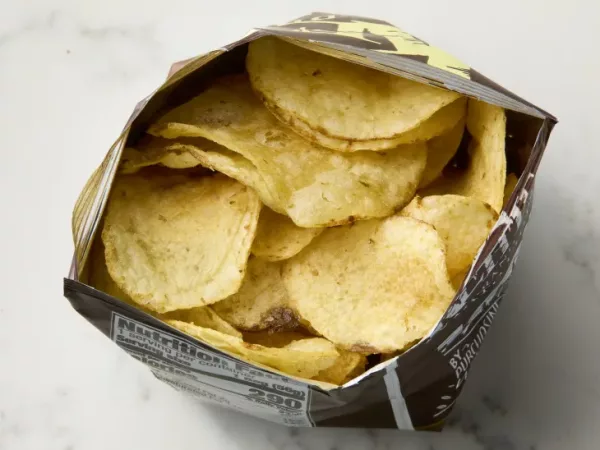
How These Materials Work Together
The combination of plastic films, aluminum foil, and laminates in potato chip bags creates a highly effective packaging solution. Each material contributes unique properties that, when combined, offer optimal protection for the chips.
- Barrier Properties: The layered structure of laminated bags ensures that moisture, light, and oxygen are kept at bay. Moisture is the enemy of crispness; even a small amount can lead to soggy chips. Light exposure can cause oils in the chips to become rancid, while oxygen can lead to oxidation, affecting flavor. Together, these materials work synergistically to protect against these elements, ensuring that potato chips arrive in perfect condition.
- Consumer Experience: The effective use of these materials not only preserves the quality of the chips but also enhances the consumer experience. A well-packaged potato chip bag provides an attractive visual appeal while ensuring convenience and freshness, ultimately leading to greater customer satisfaction.
Environmental Considerations
As consumers become more environmentally conscious, the sustainability of packaging materials is an increasingly important topic in the food industry.
- Sustainability in Potato Chip Packaging: Many manufacturers are exploring eco-friendly materials and practices to reduce their environmental footprint. Options include biodegradable plastics, recyclable materials, and reduced packaging sizes. Some brands are also focusing on using post-consumer recycled materials in their packaging.
- Challenges: While sustainable packaging options are becoming more popular, there are challenges to consider. For example, ensuring that eco-friendly materials maintain the same protective qualities as traditional materials can be difficult. The food industry must balance sustainability with product safety and quality.
Conclusion
Understanding what potato chip bags are made out of reveals the complexity and thought that goes into snack packaging. From plastic films and aluminum foil to advanced laminates, each material plays a vital role in ensuring that potato chips remain fresh, crispy, and flavorful. As sustainability becomes a more pressing concern, the industry is also beginning to explore innovative packaging solutions that minimize environmental impact. By appreciating the materials and technologies used in potato chip bags, consumers can make more informed choices about the snacks they enjoy.
For high-quality packaging solutions that maintain product freshness, consider exploring options at Colorful Packaging. Our commitment to innovation and sustainability ensures that your products are well-protected while also being environmentally responsible.



